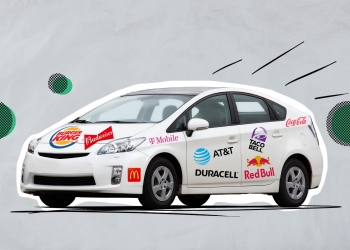Indoor and outdoor LED displays are now vital tools for communication, advertising, and engagement across industries. From retail malls and conference rooms to stadiums and highways, these digital screens create high-impact visuals that capture attention. But the two display types are engineered for very different environments. Choosing the right one depends on factors like brightness, durability, content resolution, and budget.
What Is an Indoor LED Display?
Indoor LED displays are designed for enclosed spaces like retail stores, corporate offices, event venues, and shopping malls. Their fine pixel pitch ensures sharp, detailed images even when viewed from close distances. They also feature controlled brightness levels, which provide crisp visuals without overwhelming viewers in indoor lighting conditions. Thanks to their modular design, these displays can be built into nearly any size or shape, offering flexibility for creative installations.
What Is an Outdoor LED Display?
Outdoor LED displays are engineered to withstand open-air environments, making them ideal for billboards, stadiums, transportation hubs, and outdoor restaurants. They deliver exceptional brightness and wide viewing angles, ensuring content remains visible in direct sunlight or poor weather. Built with weatherproof and dustproof enclosures, outdoor LED screens are resilient against rain, wind, snow, and extreme temperatures. Their larger pixel pitch makes them more suitable for long-distance viewing.
Key Differences Between Indoor and Outdoor LED Displays
1. Brightness and Visibility
- Indoor displays use moderate brightness tailored for controlled lighting.
- Outdoor displays use ultra-bright LEDs to cut through sunlight and remain visible in all weather.
2. Durability and Environmental Protection
- Indoor displays face minimal environmental stress and are lighter in design.
- Outdoor displays are rugged, featuring waterproofing, dustproofing, and cooling systems to withstand heat, humidity, and storms.
3. Resolution and Pixel Pitch
- Indoor screens benefit from higher resolutions and smaller pixel pitches, allowing close-up viewing.
- Outdoor screens prioritize larger pixel pitches, ensuring clear visibility from long distances.
4. Content Strategy
- Indoor signage typically delivers detailed visuals, promotions, and brand messaging where viewers are close.
- Outdoor signage focuses on dynamic ads, live feeds, and large-format videos, optimized for audiences in motion.
5. Cost Considerations
- Indoor LED displays can be more affordable due to lower brightness and less need for environmental protection.
- Outdoor LED displays are more expensive because they require powerful LEDs, protective enclosures, and advanced cooling systems.
Choosing the Right LED Display
- Choose indoor LED displays for detailed, high-resolution visuals in controlled environments.
- Choose outdoor LED displays for durable, high-brightness solutions that engage audiences from afar in public or commercial spaces.
- Always consider environmental conditions, content type, resolution needs, and budget to maximize ROI.












